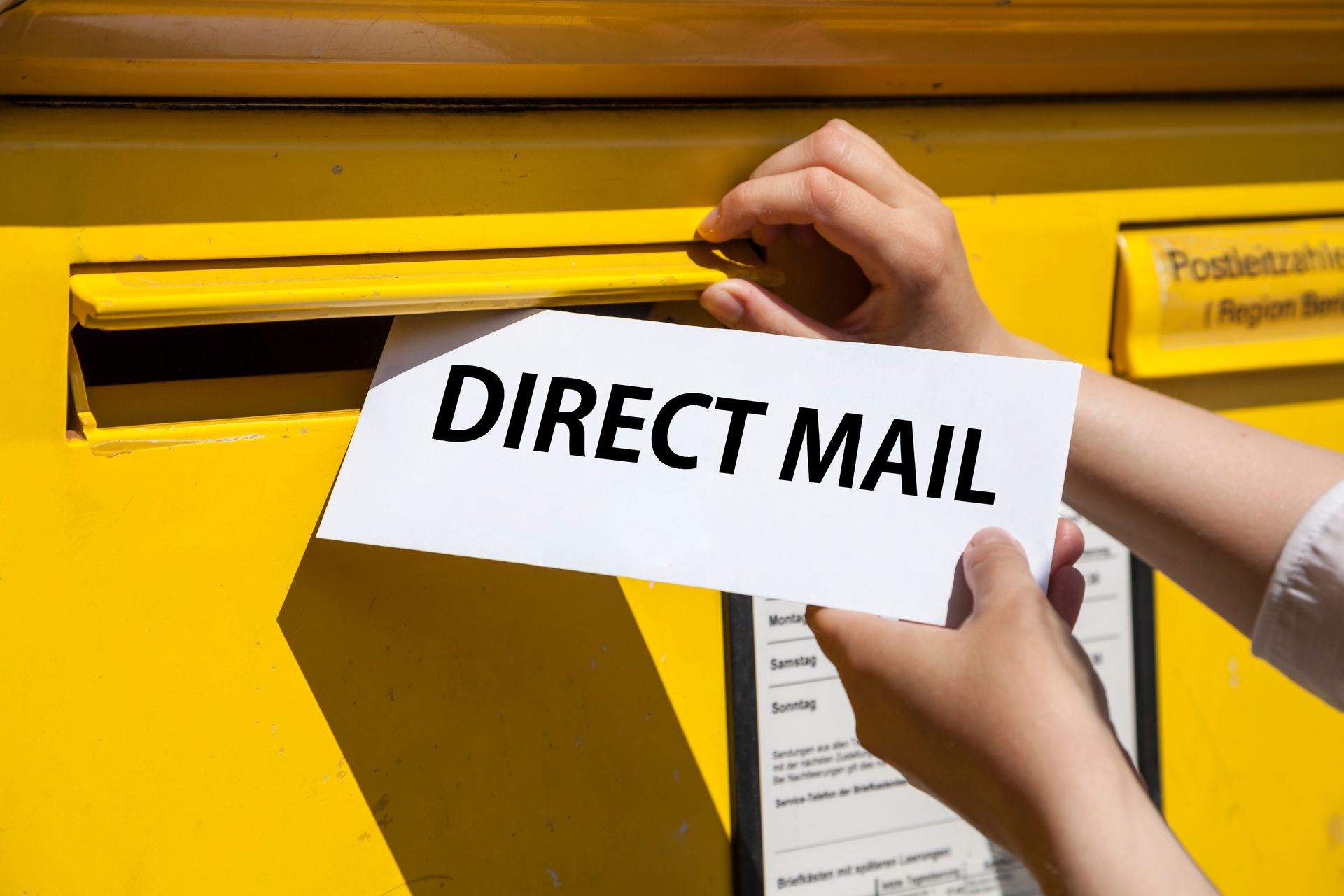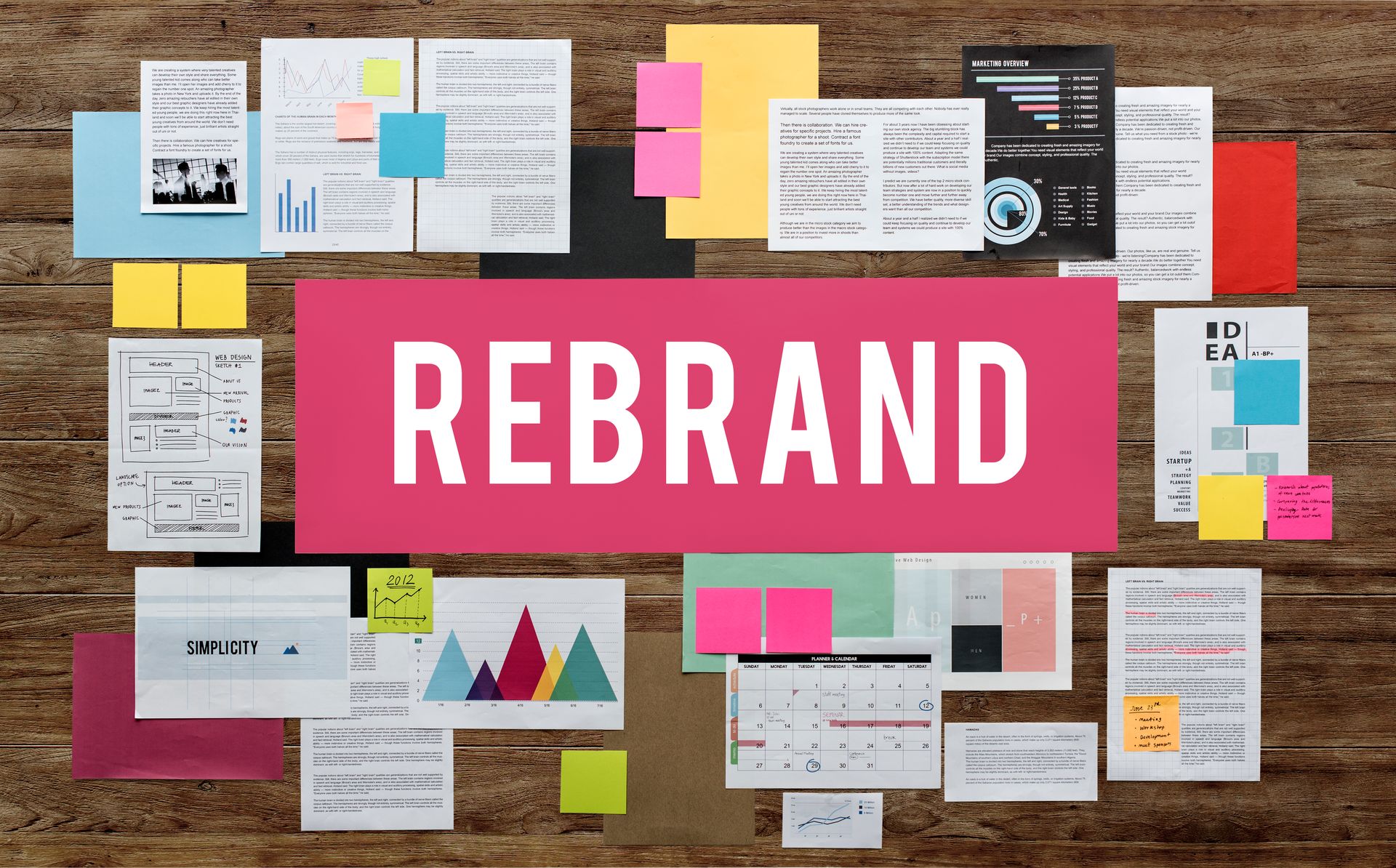How Data-Driven Direct Mail Combines Offline and Online Data for Smarter Local Campaigns

Digital marketing is fast and everywhere, but for local businesses, it often feels like shouting into the void.
Smart direct mail changes that. It’s focused, relevant, and built on the same data you’re already tracking online. The goal? Send the right message to the right person at the right time. This isn’t about blanket promotions. It’s print marketing with purpose, strategy, and results.
Why Direct Mail Still Gets Noticed
We’re all glued to screens, but we still check the mailbox. That small moment of flipping through letters is a real chance to grab someone’s attention. A postcard doesn’t get buried under 200 emails. It sits on a kitchen table or fridge and often gets read more than once. That staying power is what makes direct mail valuable.
But today, it’s not about sending a hundred generic coupons. It’s about sending something that actually makes sense for the person receiving it.
How Data Makes Mail Smarter
Here’s the shift: local businesses can now use the same online data they already track, like website visits, cart activity, or form submissions, and pair it with mailing addresses to create highly targeted print campaigns. When done thoughtfully, that combination becomes powerful.
A customer visits a page but doesn’t book? They get a mailer with a discount for that exact service. Has someone made their first purchase? A thank-you postcard follows a few days later.
What Kind of Data Are We Talking About?
To make direct mail truly smart, businesses need to tap into a mix of online and offline data sources. Here are the key types that help shape targeted, relevant campaigns:
● First-party data: Think customer names, addresses, past orders, and email interactions. It’s all the info you’ve collected directly.
● Behavioral data: What people are looking at on your website, what they click, and what they ignore.
● Location data: Where people live, what stores they’ve visited, or what neighborhoods are most active.
Segmenting Isn’t Just for Emails
With the right data, you can create meaningful groups of people and speak directly to what they care about. Someone who hasn’t purchased in six months might need a reminder. A regular customer might appreciate a loyalty offer. A new visitor could get a welcome message.
Timing Matters More Than You Think
Ever browsed a product online and then seen an ad for it the next day? Direct mail can work the same way, but better. You can set up triggers that send mail shortly after someone takes a certain action online.
These quick follow-ups feel natural. And because they’re physical, they come across as more thoughtful than yet another email or banner ad.
Direct Mail Shouldn’t Work Alone
The best campaigns connect the dots between digital and print. Someone sees your brand in their Instagram feed, gets a postcard a few days later, then clicks a QR code that leads to a landing page made just for them.
Design and Messaging That Feels Real
The data might do the targeting, but the design still has to do the talking. Your mailer should be simple, clean, and easy to read. The message should feel like it’s written by a human, not a script.
Personal touches matter. Use a customer’s name, mention something they browsed, or highlight a location close to them. Keep it friendly, and don’t overdo the sales pitch. People respond to authenticity.
Yes, You Can Track This
Want to know if your postcard worked? Use trackable promo codes, custom URLs, or QR codes to measure responses. Some tools even let you connect mail campaigns to sales reports, so you can see the full picture, what worked, what didn’t, and what to do next.
Want to create a mail strategy that’s backed by real data and built to convert? Reach out to us at Maine Street Marketing for a smarter way to do direct mail.













